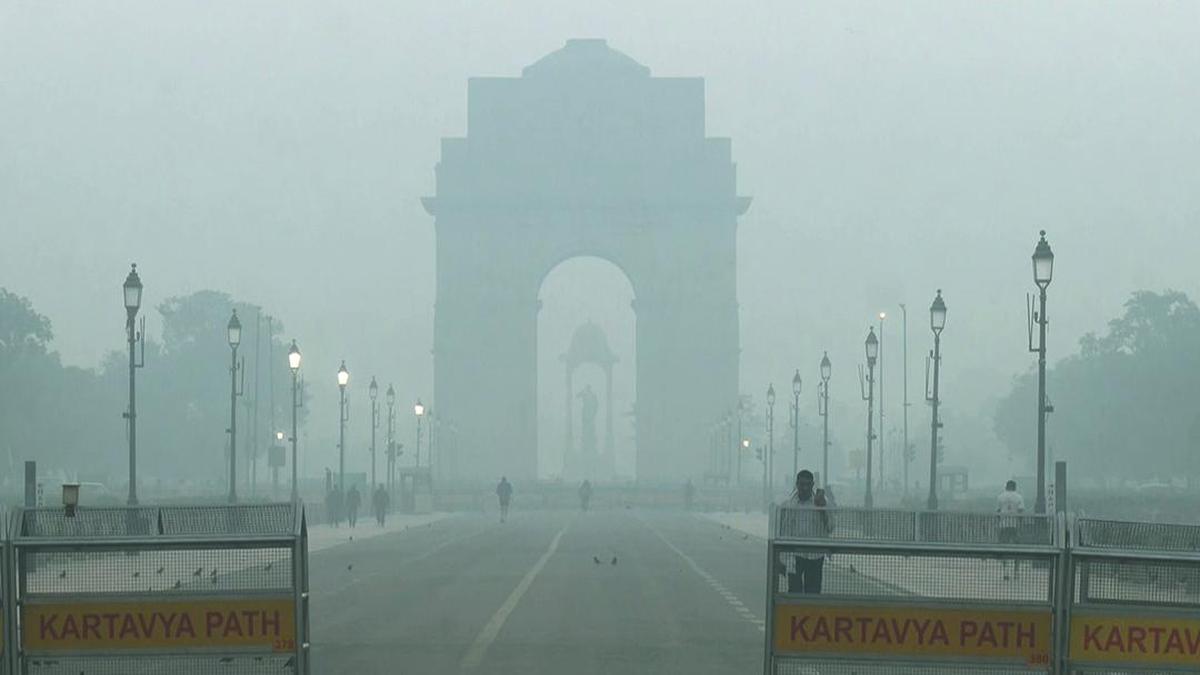Views
76
As a forestry professional, I had always been drawn to the mesmerizing beauty of Sikkim, renowned for its phenomenal forest diversity.
This Himalayan gem never ceases to amaze me, with its breathtaking landscapes, rich biodiversity, and deep cultural heritage. This years journey was more than just a visit, it was an opportunity to witness natures resilience, experience the imprint of history on the land, and appreciate the deep connection between people and their environment. My heartfelt thanks to Grow-trees.
Our annual trip to Sikkim began with an exhilarating trek through the Pangolakha Wildlife Sanctuary, where we saw the impact of our plantation efforts firsthand.
The sanctuarys unique ecotone, where tropical and alpine ecosystems converge, was truly fascinating. This remarkable zone is home to an astonishing variety of wildlife, including tropical species like the majestic tiger and cold-climate dwellers like the elusive snow leopard.
As we hiked through the dense forests, the sight of Kanchenjungas snow-capped peak towering in the distance left us in awe.
Next, we visited our plantation site in Zuluk, a place steeped in history as a key location during the 1962 India-China war. The sight of Rhododendron and silver fir saplings thriving in this challenging terrain was a testament to our teams dedication.
Zuluks surreal beauty, with its “above-the-clouds” experience and significance as an ancient trade route between India and Tibet, only added to the magic of the place.
Our journey continued to Tsomgo Lake, nestled at an altitude of 12,300 feet.
Witnessing our plantations flourish in this harsh, high-altitude environment was nothing short of extraordinary.
The lakes mythical significance and its stunning ability to change colors with the seasons left me spellbound.
Exploring Gangtok and Darjeeling, I was struck by the regions unique cultural heritage.
The vibrant monasteries, bustling markets, and warm hospitality reflected a deep sense of tradition and community.
A visit to the Himalayan Zoo, known for its innovative animal breeding programs, was another highlight of our trip.
None of this would have been possible without my incredible teammates, who made me feel at ease despite being a newcomer. Their camaraderie, knowledge sharing, and enthusiasm turned this trip into an unforgettable experience.
As I reflect on this journey, I am reminded of the profound wisdom nature offers. The Himalayas, with their majestic grandeur and fragile ecosystems, reaffirm my belief that the health of forests is the true wealth of a nation.
In the words of John Muir, “In every walk with nature, one receives far more than he seeks.”
This journey through Sikkim has been a powerful reminder of natures beauty, and wisdom.
Subscribe to our newsletter and recieve a selection of our cool articles every week.

When Mumbai’s Morning Haze No Longer Feels Like Home
Mumbai Weather Update: AQI Turns Severe as Thick Haze Persists, Free Press Journal (FPJ).
Nov 24, 2025

Delhi Is Gasping Again, And This Time, Even the Clouds Refused to Help
Delhi is choking again. AQI levels have slipped into the ‘severe’ zone, cloud seeding failed, and emergency measures barely make a dent. Because the city doesn’t need one-off fixes, it needs long-term healing. Trees remain the simplest, most effective answer. They absorb carbon, trap dust, cool the air, and act as natural lungs. If Delhi wants cleaner winters, it needs more green cover, not just temporary interventions. Clouds may not cooperate, but trees always will.
Nov 17, 2025
Copyrights @ 2025 All rights reserved by Pangea EcoNetAssets Pvt Ltd.